“Harrowing” intelligence report still downplays threat of climate change to national security
By Jessica McKenzie | November 11, 2021
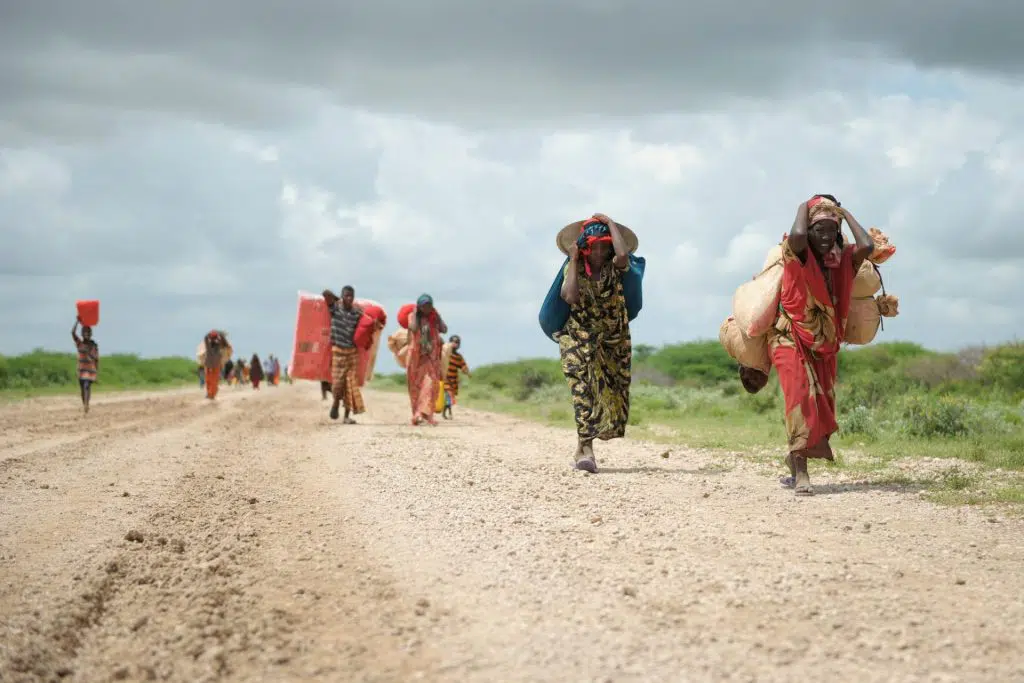 Thousands displaced by floods and conflict near Jowhar, Somalia, 2013. (Photo by UN Photo/Tobin Jones)
Thousands displaced by floods and conflict near Jowhar, Somalia, 2013. (Photo by UN Photo/Tobin Jones)
In late October, 18 US intelligence agencies forecast that Americans will face “massive” impacts and “wrenching” adjustments because of climate change over the next two decades. The warning was buried on the last page of a report by the Office of the Director of National Intelligence on the threat climate change poses to US national security. The report states that the world is unlikely to meet the Paris Agreement’s stated goals for decarbonization and outlines scenarios that will probably play out, including geopolitical tensions that will arise as countries play the climate crisis blame game, and how climate change will exacerbate political instability around the globe. It is the first-ever National Intelligence Estimate (NIE) to focus on the climate crisis, but a former intelligence analyst said the document downplays the risks.
“There are pieces in the document that are very powerful, and actually, I would use the word harrowing, but they, for whatever reason, do not land on the first page, where a lot of people will stop,” said Rod Schoonover, the head of the Ecological Security Program at The Council on Strategic Risks. Schoonover resigned from the State Department in 2019 after the Trump administration blocked his office’s written testimony on climate change and national security from being shared with a congressional committee.
“It’s a powerful document by itself,” Schoonover said. “I personally, just my own opinion, I think it undersells the risk.”
The recent report was compiled at the request of President Joe Biden, who issued an Executive Order on “Tackling the Climate Crisis at Home and Abroad” a week after taking office. This is hardly the first time that the intelligence community has investigated climate change as a national security threat. In 2008, the National Intelligence Council compiled a National Intelligence Assessment (NIA) on the “National Security Implication of Global Climate Change to 2030,” which was and remains classified.
“[The NIE released this year] makes essentially three points, all of which we knew 15 years ago,” said Tom Fingar, who was Chairman of the National Intelligence Council when the NIA was completed in 2008 and presented the intelligence community’s findings to the House Permanent Select Committee on Intelligence and the House Select Committee on Energy Independence and Global Warming in June of that year.
He ticked those main points off: “It’s not a made-up political hoax. That a lot of people, a lot of countries, don’t fully realize how serious this problem is and are not doing things that would be needed to ameliorate the severity or the effects. And there’s no technical, magic-bullet solution.”
Even if it’s not novel, this year’s intelligence estimate is still significant. “They [the intelligence agencies] make it very clear that if emissions aren’t cut and if the US doesn’t follow through on its commitments, there will be geopolitical repercussions,” said Erin Sikorsky, the director of The Center for Climate and Security and former deputy director of the Strategic Futures Group on the US National Intelligence Council.
The report predicts tensions between nations will escalate as developed and developing countries argue over who bears a greater responsibility to act. Countries will compete for scarce natural resources, including minerals and rare earths necessary for renewable energy projects; the report points out that “strategic competition” in the Arctic has already increased as sea ice recedes. And as drought and sea level rise exacerbate water insecurity in parts of the world, water management and allocation between countries could become a flashpoint. For example, almost half of the world’s 263 international river basins do not have cooperative management agreements that could help defuse tensions in the event that water flow drops off precipitously.
Some of the starkest language in the report concerns climate refugees: “We judge that cross-border migration probably will increase as climate effects put added stress on internally displaced populations already struggling under poor governance, violent conflict, and environmental degradation. Triggers for increased migration are likely to include droughts, more intense cyclones—with accompanying storm surges—and floods … and it will contribute to instability when it upsets socioeconomic, political, and demographic dynamics, and strains ties between originating and receiving countries.”
The report goes on to note that 10 percent of the population of Bangladesh, approximately 16.5 million people, is at risk of being displaced by rising sea levels; neighboring India has been constructing a border wall since 1993.
The report names two regions—Central Africa and part of the Pacific—and 11 countries in South and East Asia, the Middle East, Central and South America, and the Caribbean that are particularly vulnerable to climate change: Afghanistan, Burma, India, Pakistan, North Korea, Guatemala, Haiti, Honduras, Nicaragua, Colombia, and Iraq. These countries and regions may experience new or more severe diseases, decreased agricultural yields, strained electricity grids, and more severe weather events. These events will strain governments and civil society and could fuel the rise of extremist groups; the report notes that most of the countries where Al Qaeda and ISIS operate are vulnerable to climate change. And the threat of climate change is not exclusive to those countries alone: Some countries that were left off this list were singled out for their own particular vulnerabilities, like Iran, which the report predicts will experience more severe droughts and heat waves leading to desertification and increased food insecurity, resulting in greater instability, conflict, and displacement.
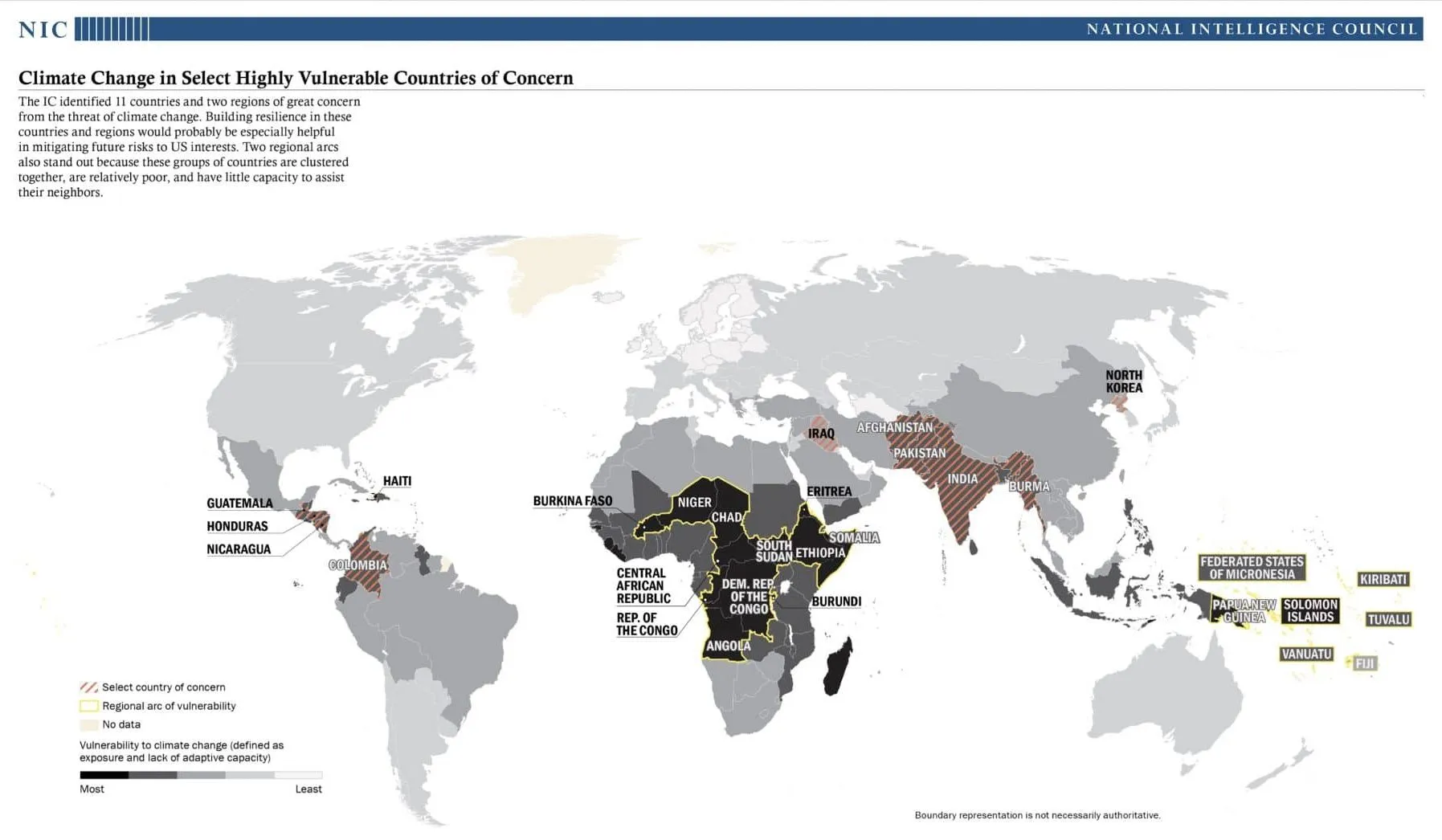
The fact that the intelligence estimate names countries in this way is notable. Fingar said the 2008 report was kept classified because the United States didn’t want ambassadors from countries identified as especially vulnerable to climate change to start calling and asking for resources to help with mitigation and adaptation earlier than they would otherwise.
On the other hand, Schoonover said, the focus on geopolitics is too narrow an understanding of national security. (The report explicitly avoids assessing “impacts to the homeland or DOD facilities” and consequently skims or skips over how climate change could impact health, food, water, infrastructure, and the military within US borders.) Schoonover and Sikorsky also write in an article titled “Getting Climate Intelligence Right” that they were surprised Iran, Algeria, and Turkey were not included in the list of countries of special concern, given that they experienced instability due to climate change this summer.
Although this year’s intelligence estimate identifies a range of threats to US interests, all of which will become more significant over the next two decades, it never calls climate change a crisis. “Within the security community, within the Intelligence community, both the director of National Intelligence, Avril Haines, and the CIA director, Bill Burns, have used language about climate change as being an existential risk,” Schoonover observed. “I think it was a little surprising that kind of tone was not represented in the NIE.”
Fingar said it’s possible the authors were trying to avoid sounding alarmist. “I’m sure the other consideration in preparing it is not wanting to sound like Chicken Little, right?” said Fingar. “The sky is falling, it’s falling now, it’s falling everywhere. You must do everything immediately.”
Fingar said this document, while not making any policy recommendations—because that’s not the role of the intelligence community—nonetheless was meant to make the case for reducing carbon emissions. “This is not a wake-up document,” he said. “This is a justification document.”
The timing of the National Intelligence Estimate’s release, just 10 days before the 2021 UN climate change conference was scheduled to begin, and concurrently with similar reports from Homeland Security and Defense, certainly indicates that it’s a part of a concerted push to address climate change.
The question is whether it will be heeded.
“What I don’t want,” said Sikorsky, “is this NIE to just end up on a shelf and everyone reads it and says, ‘yep, it’s a threat, but we’re not going to change how we do business.’”
Together, we make the world safer.
The Bulletin elevates expert voices above the noise. But as an independent nonprofit organization, our operations depend on the support of readers like you. Help us continue to deliver quality journalism that holds leaders accountable. Your support of our work at any level is important. In return, we promise our coverage will be understandable, influential, vigilant, solution-oriented, and fair-minded. Together we can make a difference.

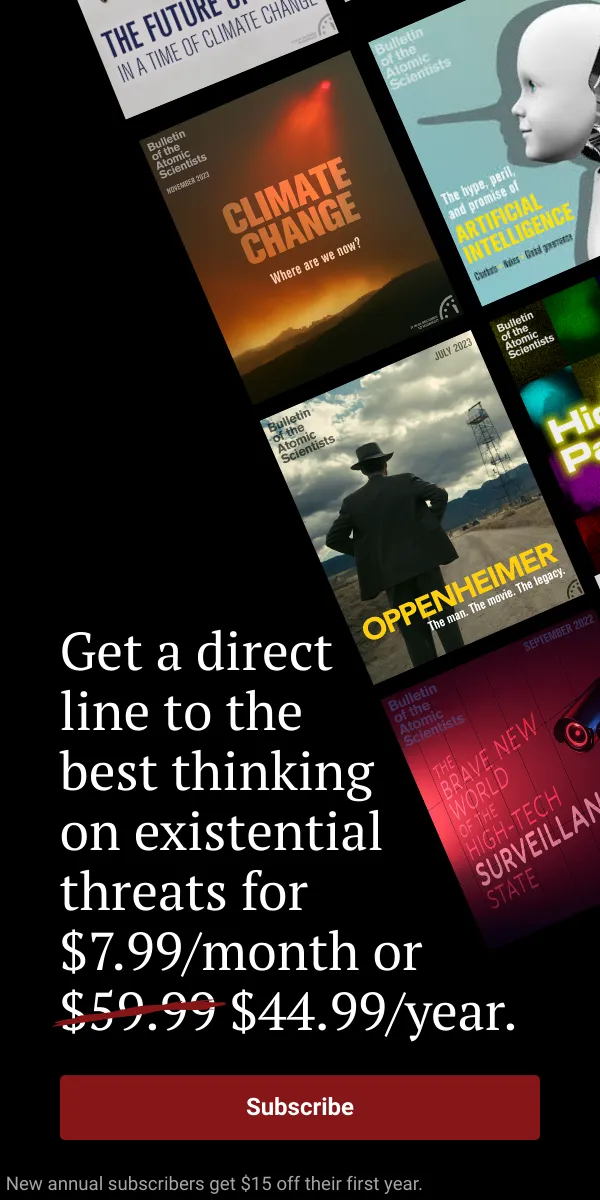



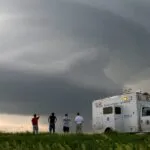
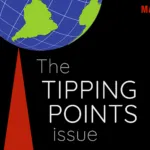



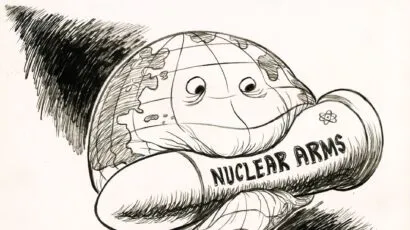





It is essential that 2022 be a turning point in efforts to avert a climate catastrophe. Every day we delay makes averting the catastrophe more difficult, as self-reinforcing positive feedback loops move the planet closer to an irreversible tipping point. The best approach to averting a climate catastrophe is through, along with other positive changes like shifts to renewable forms of energy, a societal shift to plant-based diets. This is the only change that will not only sharply reduce greenhouse gas emissions through less cows and other farmed animals emitting methane, a very potent greenhouse gas. It would also enable… Read more »
“And there’s no technical, magic-bullet solution”
Garrett Hardin wrote approximately the same thing more than 50 yr ago in his “Tragedy of the Commons.”